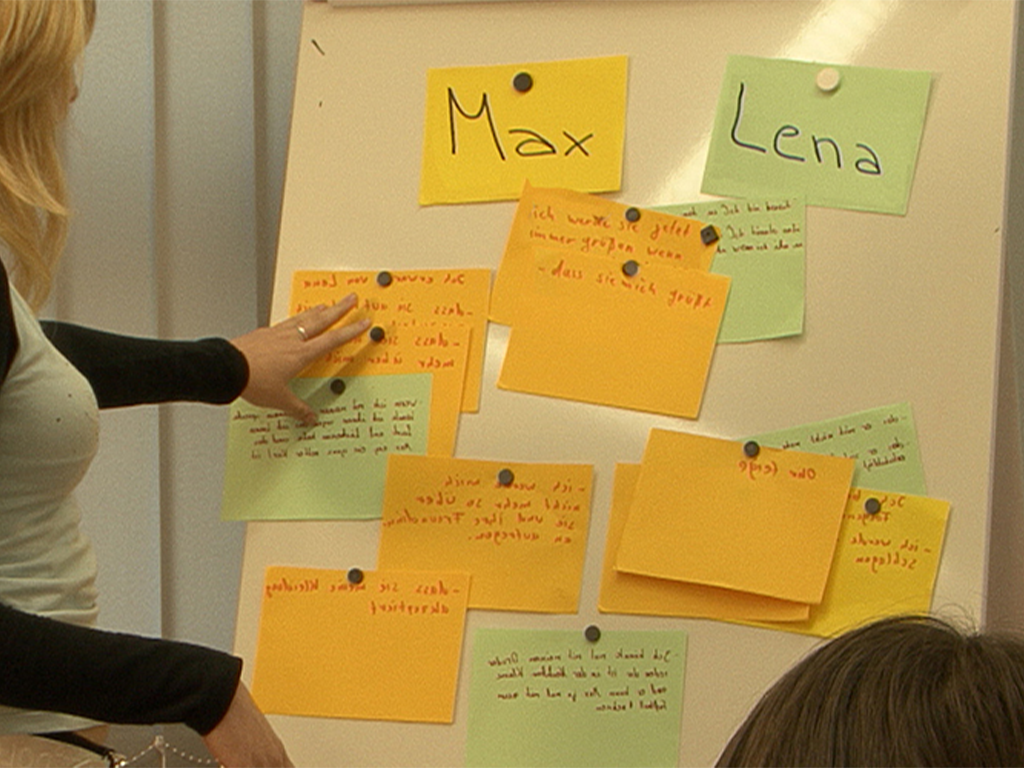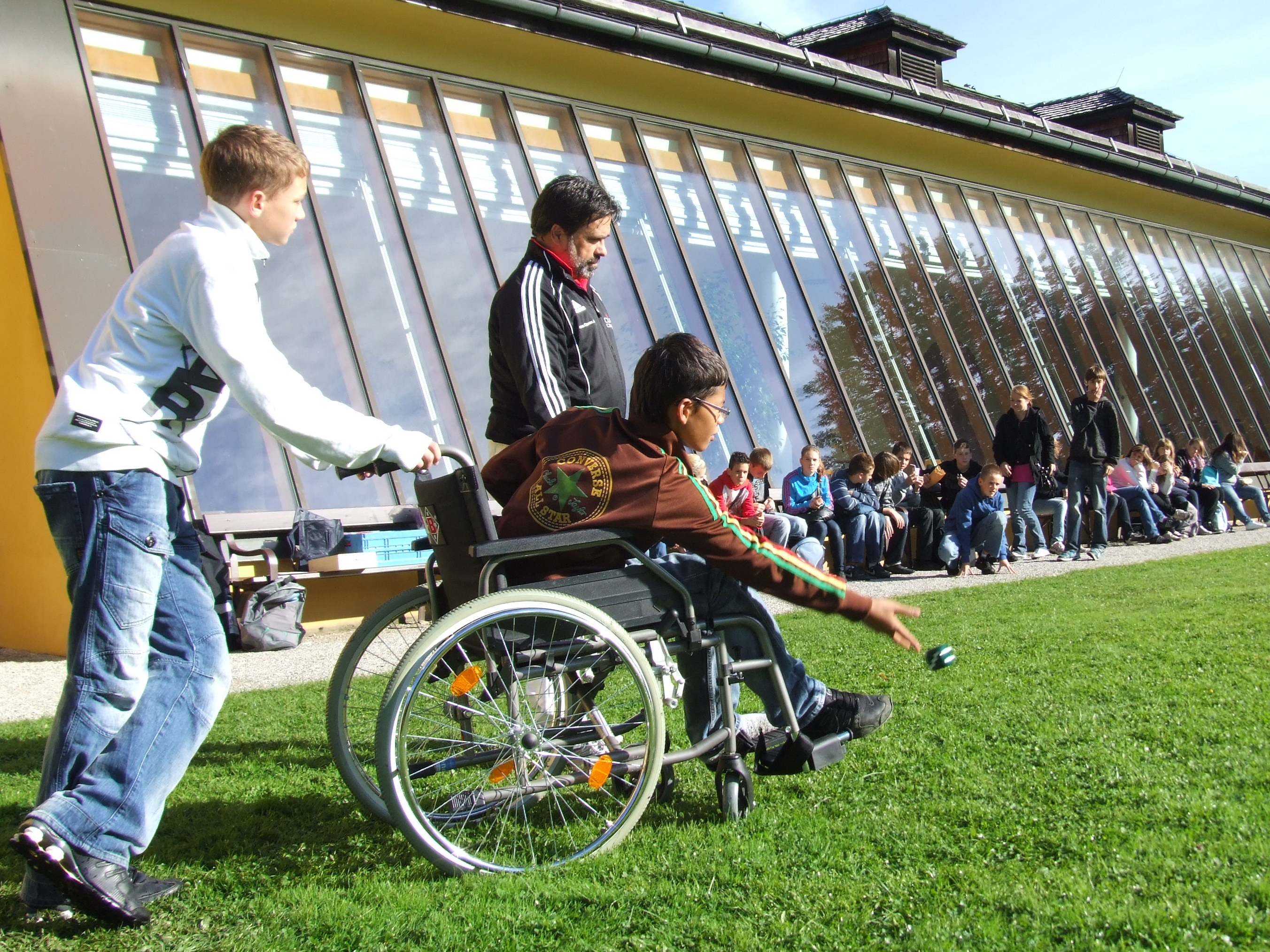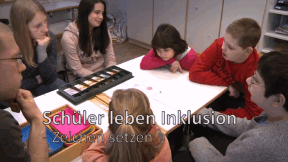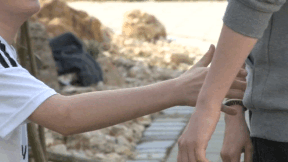 Primary School
Primary School

46502148 / 55501773
Continents
A Journey around the World
Continents are continuous expanses of land that are clearly separated from each other by oceans.
The land masses are divided into seven continents:
North America, South America, Africa, Europe, Asia, Australia and Antarctica.
These continents are constantly moving.
About 260 million years ago, there was a huge continent which united all large plates of the Earth’s crust.
On this enormous continent called Pangaea, the time of the dinosaurs started about 230 million years ago.
Pangaea began to break up. Two land masses formed called Laurasia in the north and Gondwana in the south.
150 to 70 million years ago, Laurasia and Gondwana broke up further into individual land areas in which today’s continents can already be recognised.
Back then, these continents were much closer together.
So new oceans formed in the spaces in between them,
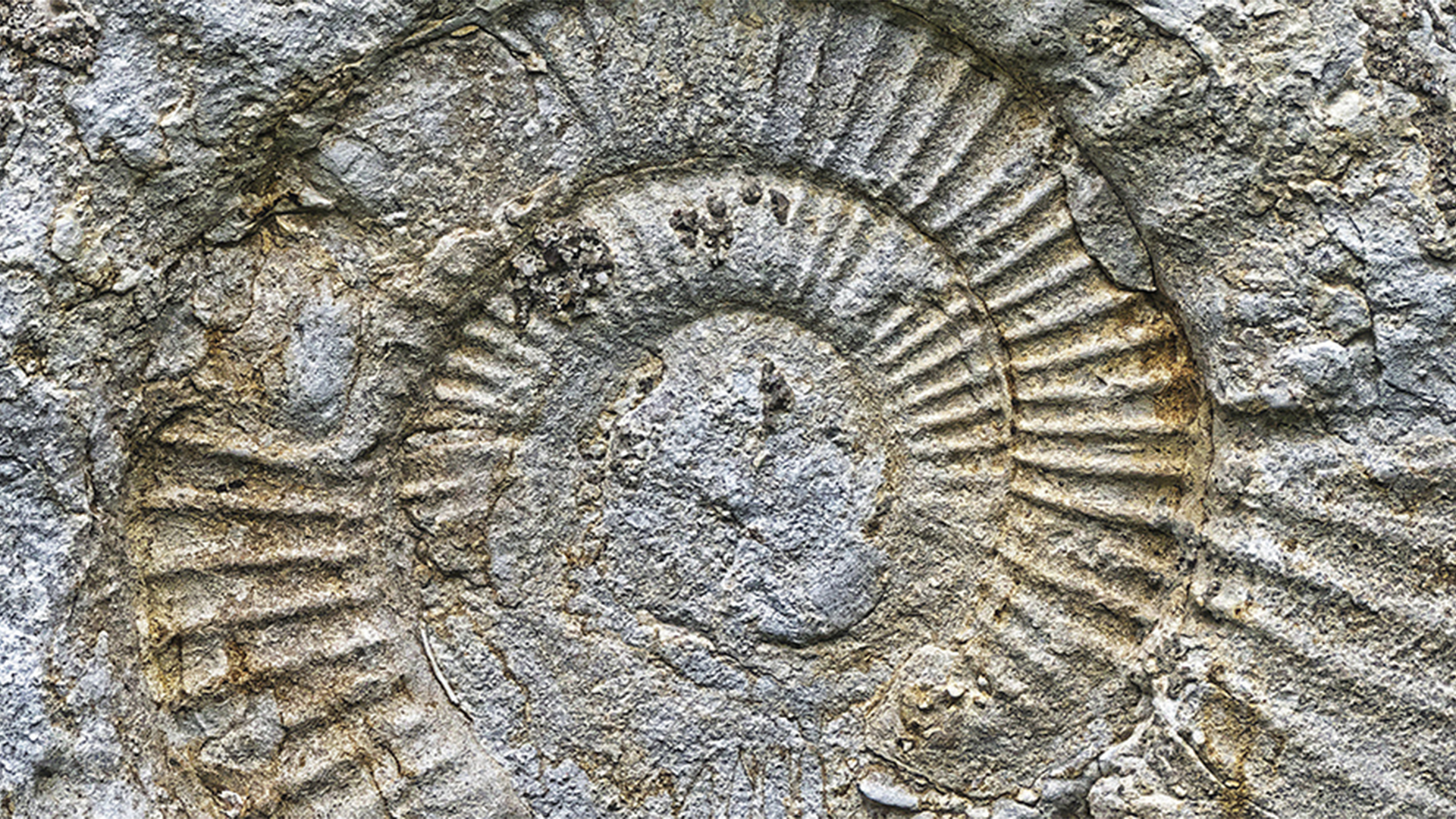
Curriculum-centred and oriented towards educational standards
Matching
Peer Mediation
Lena and Max attend the 7th form. Max is new in class. During a break, Max notices that Lena and her friend are laughing at him again. Max loses his temper! He slaps Lena in the face. That hurts and Lena runs back into the classroom with a red cheek. The growing conflict between the two has escalated. Just like Lena and Max, every day pupils all over Germany have rows with each other. At the Heinrich Hertz Gymnasium in Thuringia, pupils have been trained as mediators for years. At set hours, they are in a room made available by the school specifically for mediation purposes. The film describes the growing conflict between Max and Lena and shows a mediation using their example. In doing so, the terms “conflict” and “peer mediation” are explained in a non-technical way. The aims of peer mediation and its progress in five steps as well as the mediators’ tasks are illustrated. The art of asking questions and “mirroring”, which the mediators must know, is described and explained. Together with the comprehensive accompanying material, the DVD is a suitable medium to introduce peer mediation at your school, too.
Pupils Practise Inclusion
When people come together, no matter under what concomitant circumstances – ultimately, it is about how these people meet and how openly they interact with one another.




